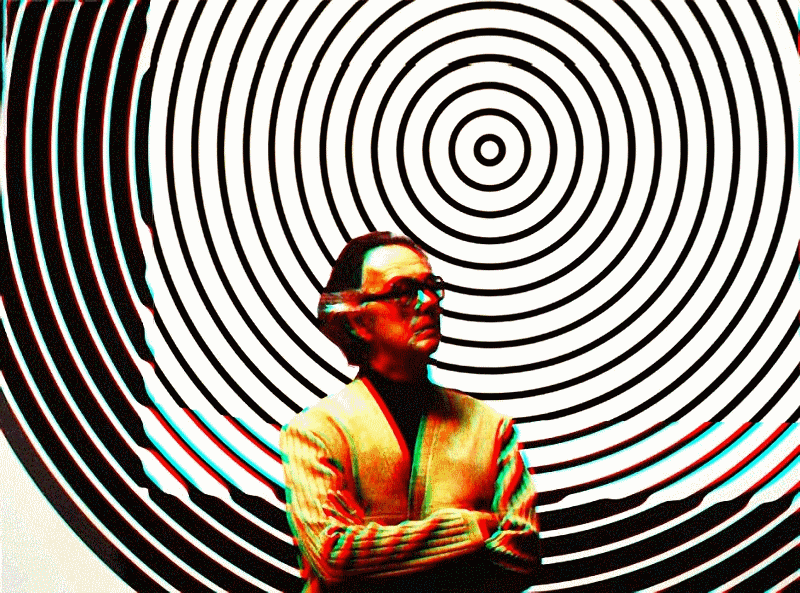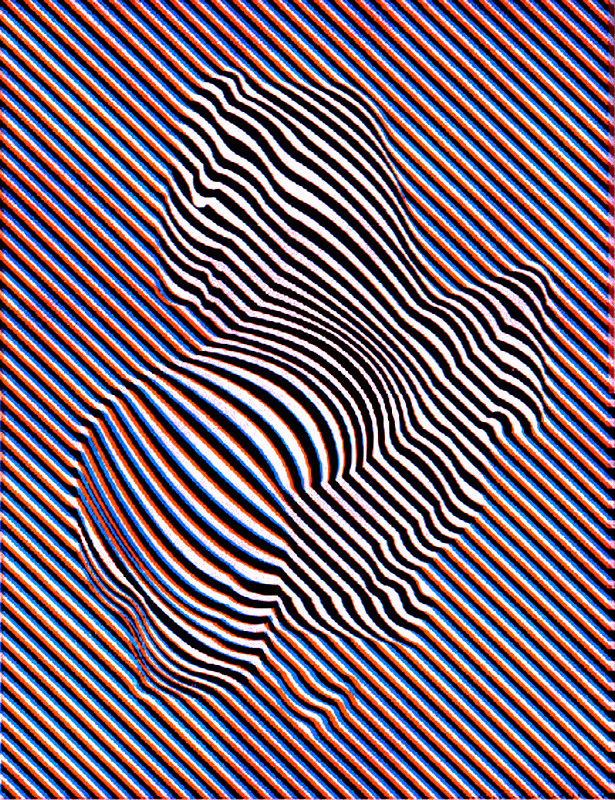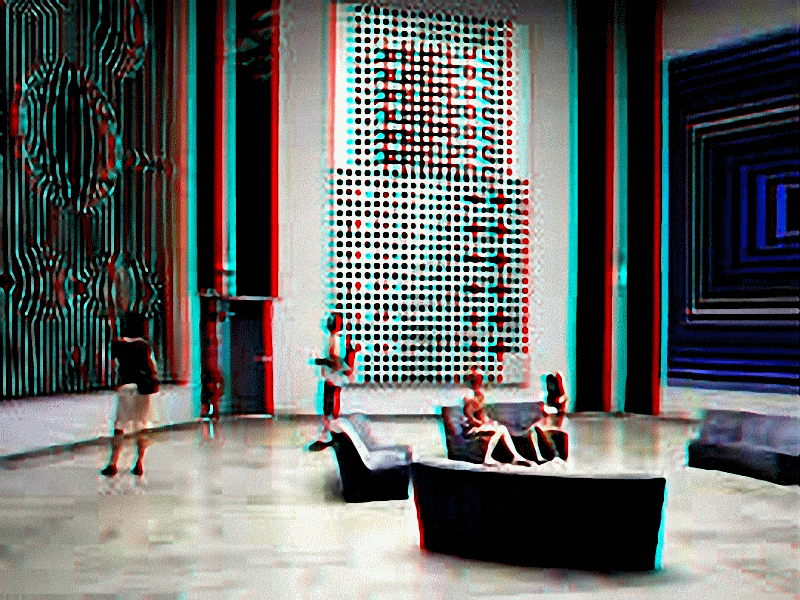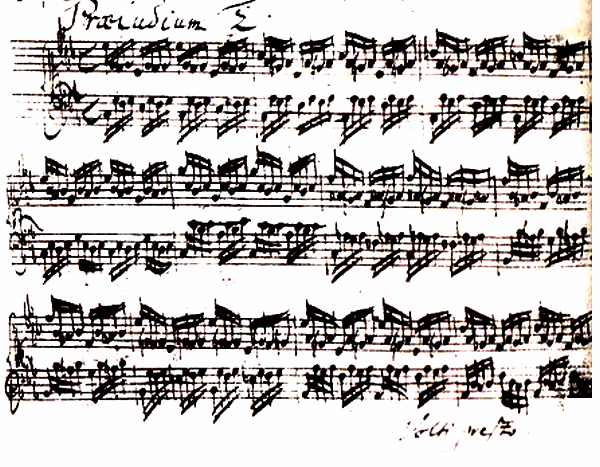 |
French painter and graphic designer of Hungarian origin ( Pécs 9. 4. 1908 - Paris 15. 3. 1997). Since 1930 in Paris, prominent representative of the group Espace dedicated to pure Geometrical design of the visible space. In his posters and diagrams, which are based on mathematical computations, he obtained from black and white motives or with pure colors and geometrical forms different kinetic effects. He was one of the most important contributors of the development of the Op-Art. (Translated from the 'Meyers Großes Taschenlexikon, 2003') |
||||||||||||||||||||||||||||||||||
If you are familiar with the music of Johann-Sebastian Bach, then you know that the great German composer devoted most of his works to the design of abstract figures in which the melody had not got so much importance: actually a prelude by Bach does not sound like an andantino by Mozart or Haydn! By Bach one initially thinks of a mathematician or an architect building constructions based on elementary items that would then undergo a sort of declension ad infinitum until working out a superstructure (such as bricks, but not quite the same ones to build a wall). That is obvious in the variations (cf. Goldberg, The Art of the Fugue, the Passacaglia and Fugue, among others). The same principe can be found in Jazz, with all those variations about a single theme, and also in the paintings of the Australian Aboriginals with all their geometrical designs and, of course, by Vasarély. And, like by Bach, this work is not dated, that is to say that it doesn't belong to any period of time, and can consequently match with all times. Isn't it the very definition of modernity?
|
||||||||||||||||||||||||||||||||||
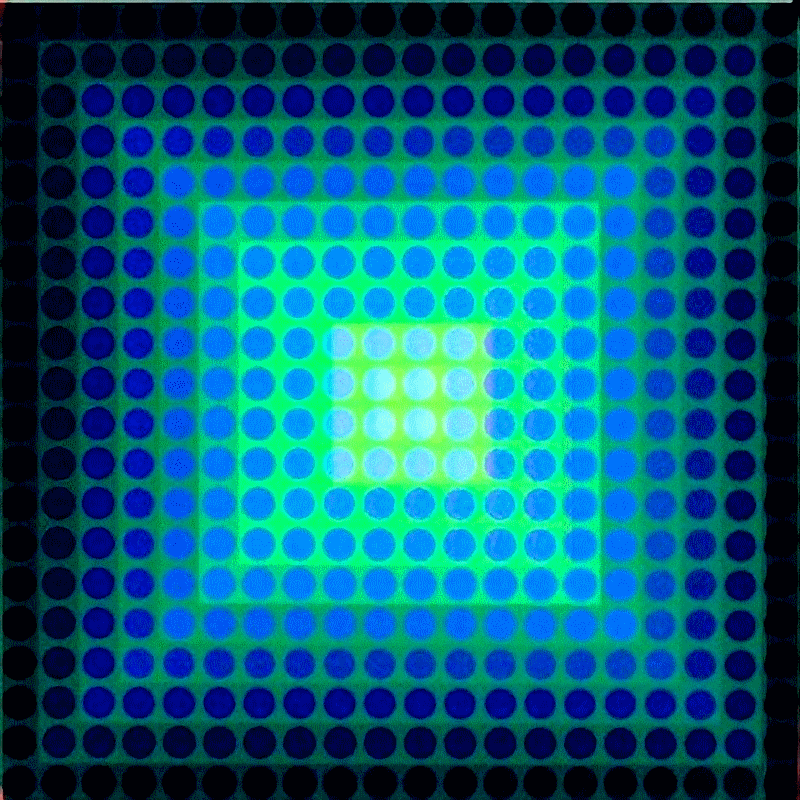 |
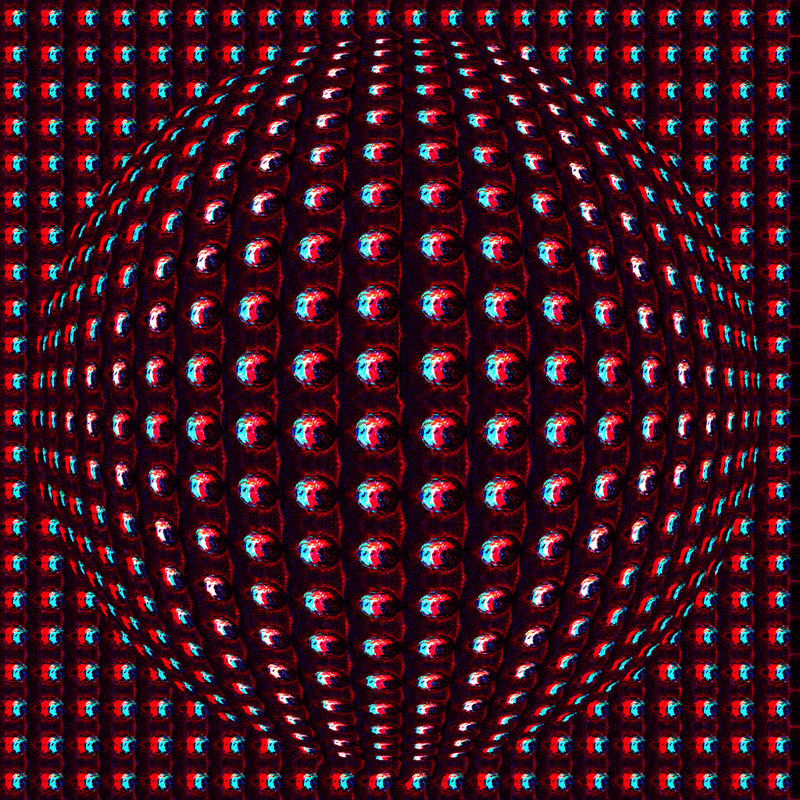 |
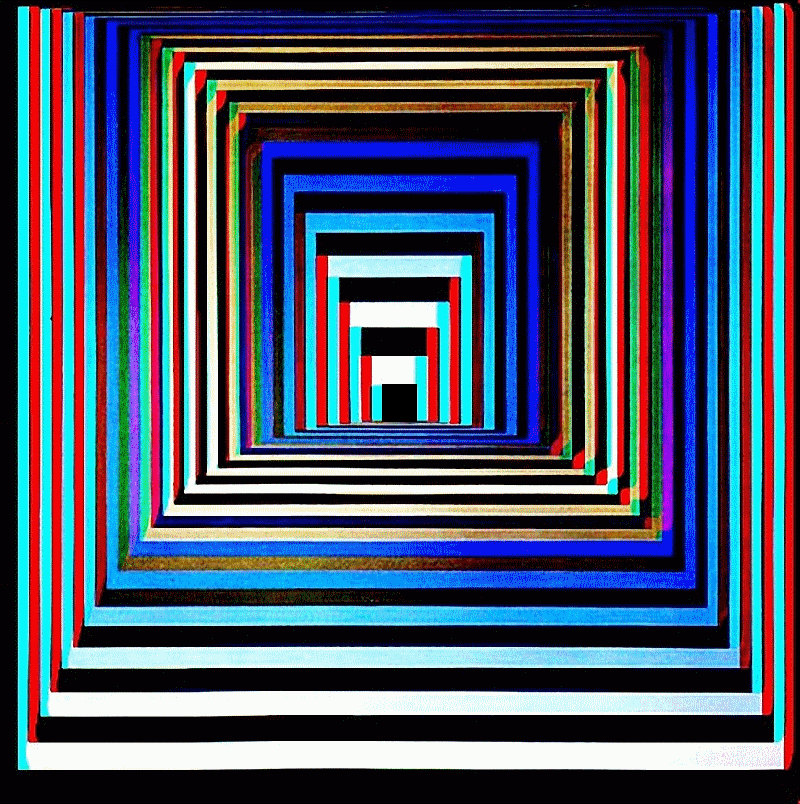 |
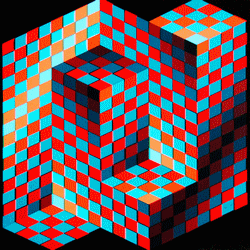 |
|||||||||||||||||||||||||||||||
 |
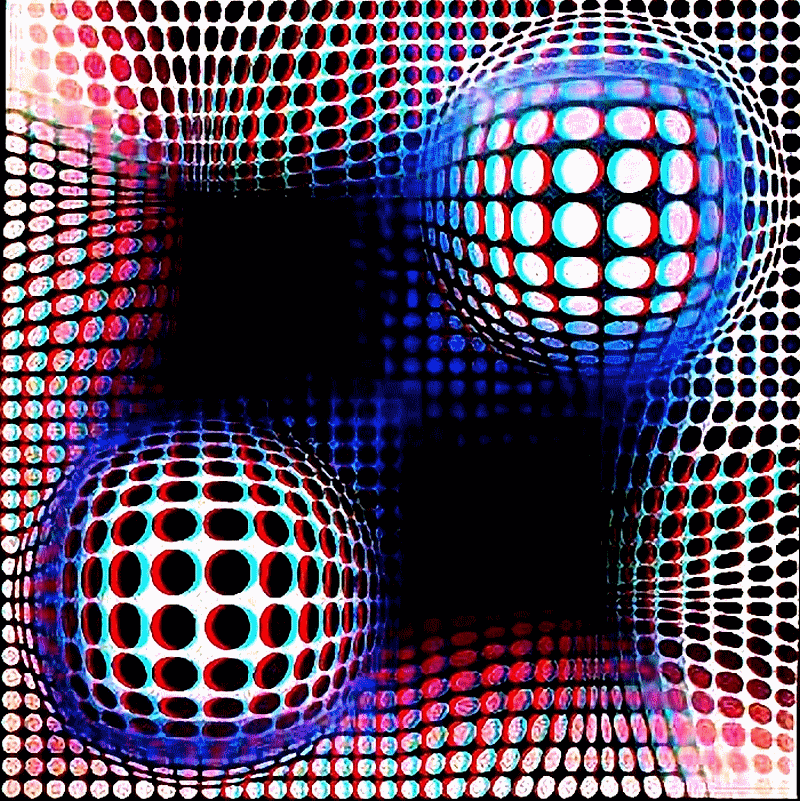 |
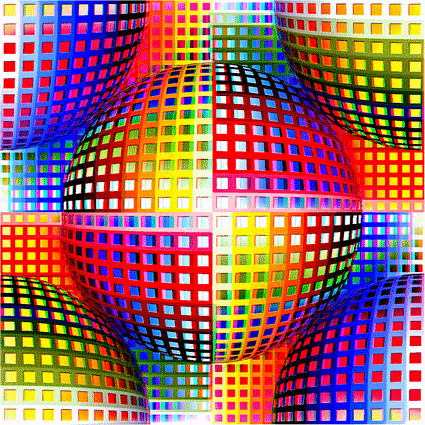 |
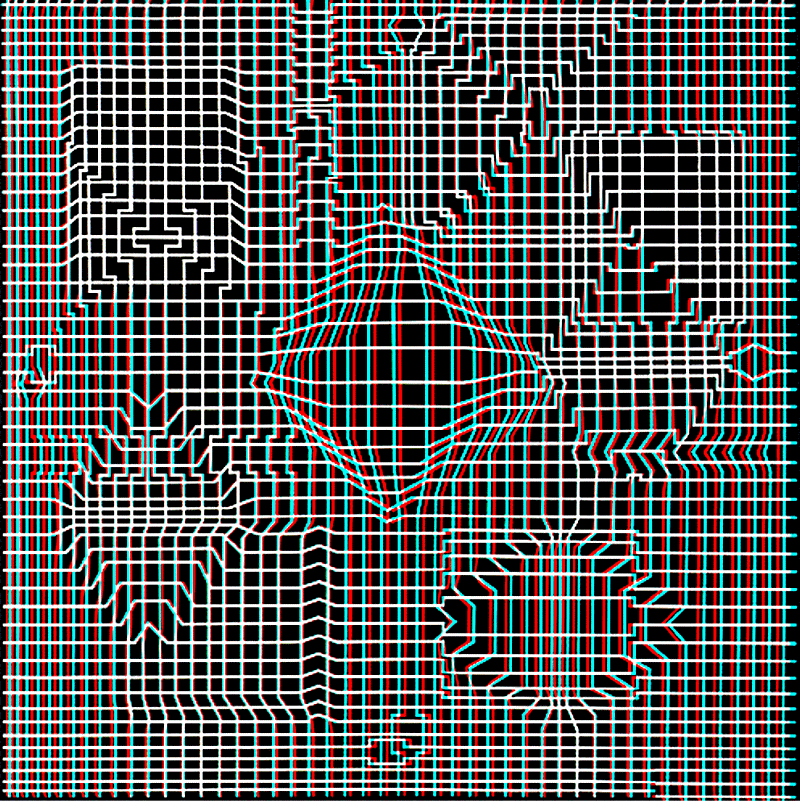 |
|||||||||||||||||||||||||||||||
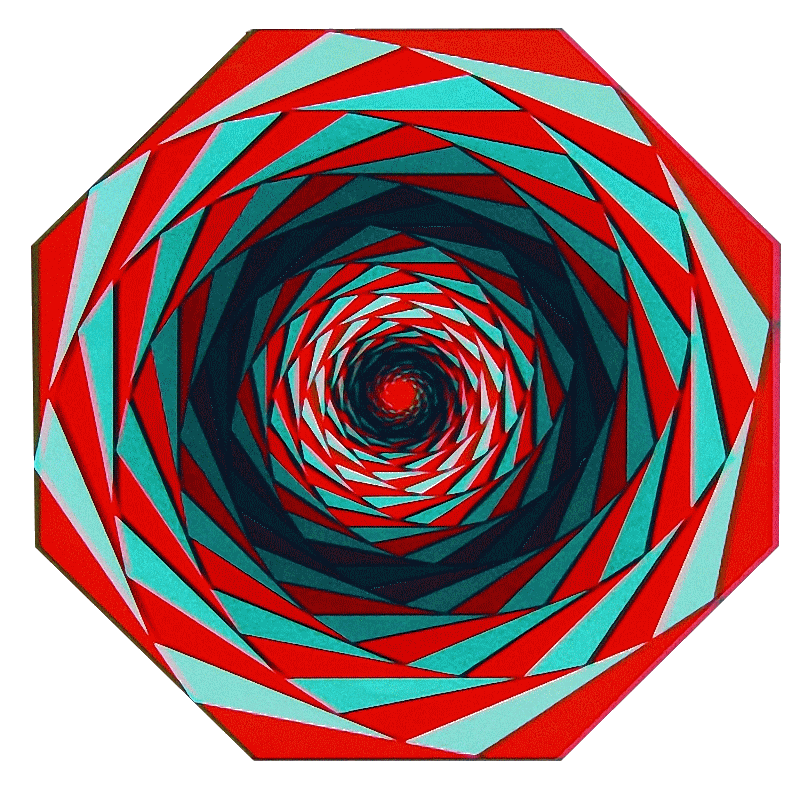 |
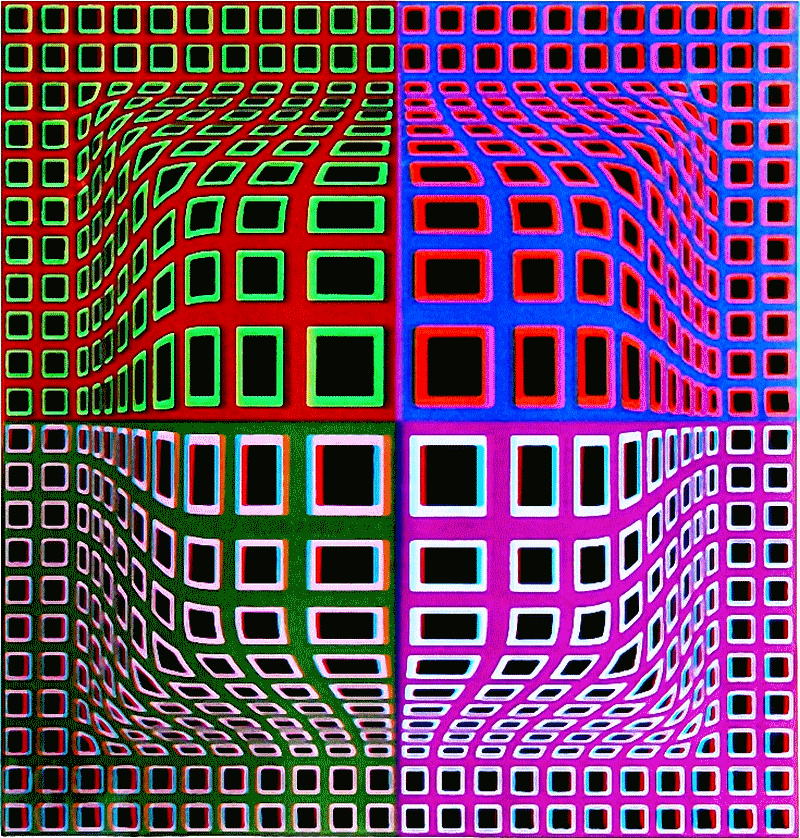 |
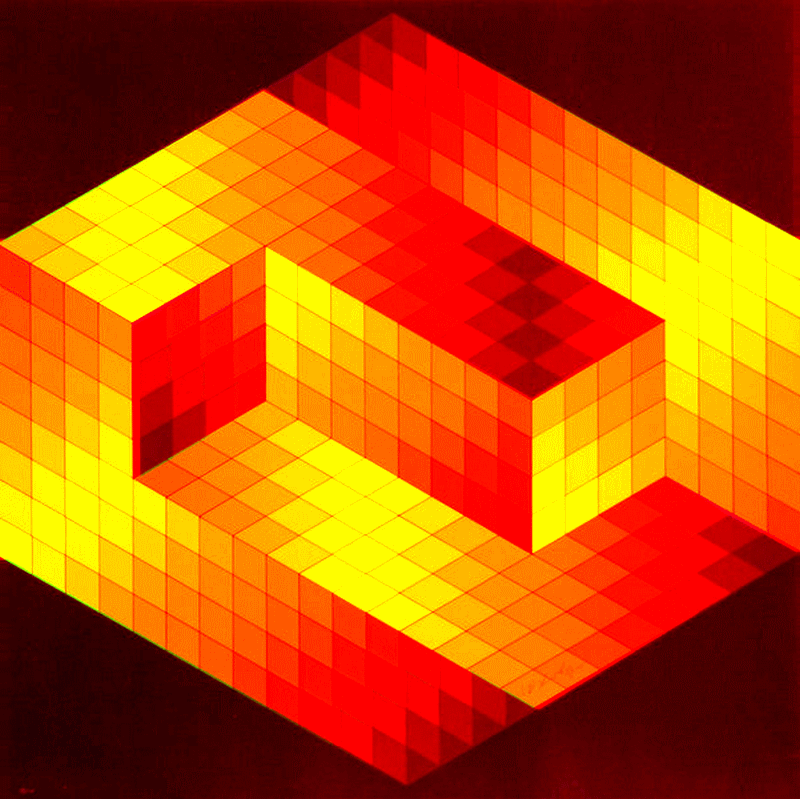 |
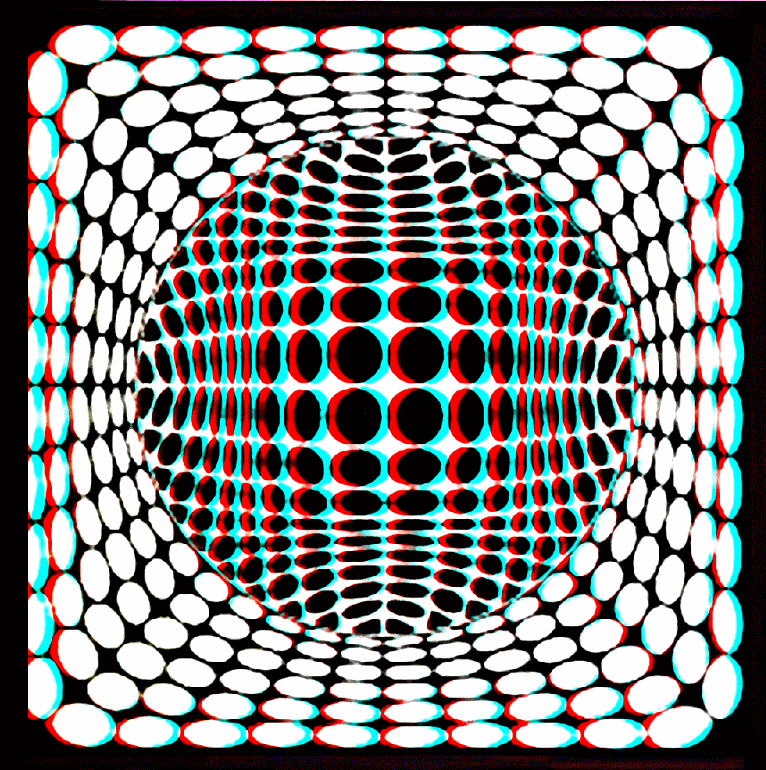 |
|||||||||||||||||||||||||||||||
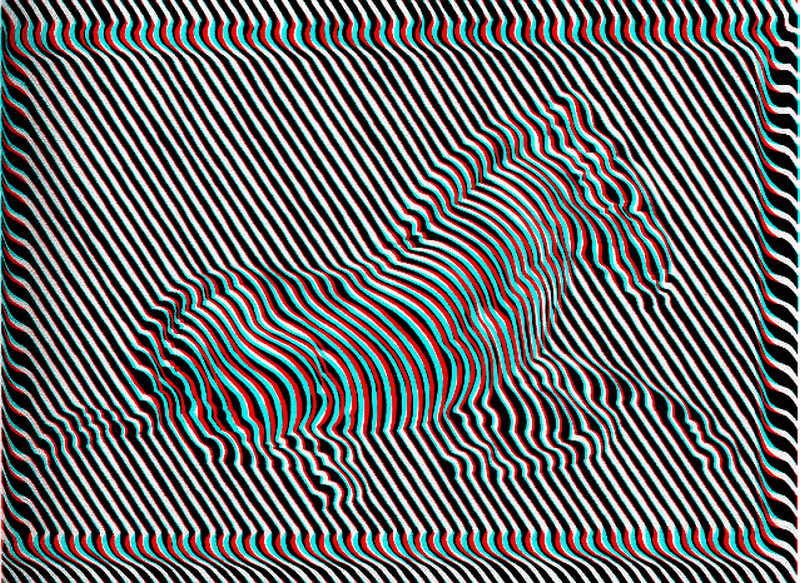 |
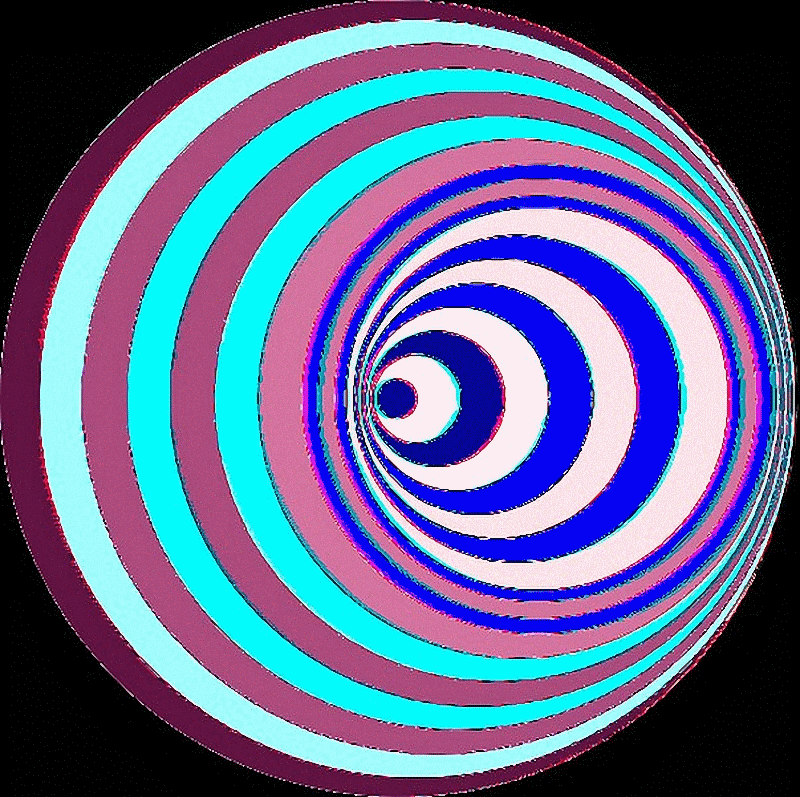 |
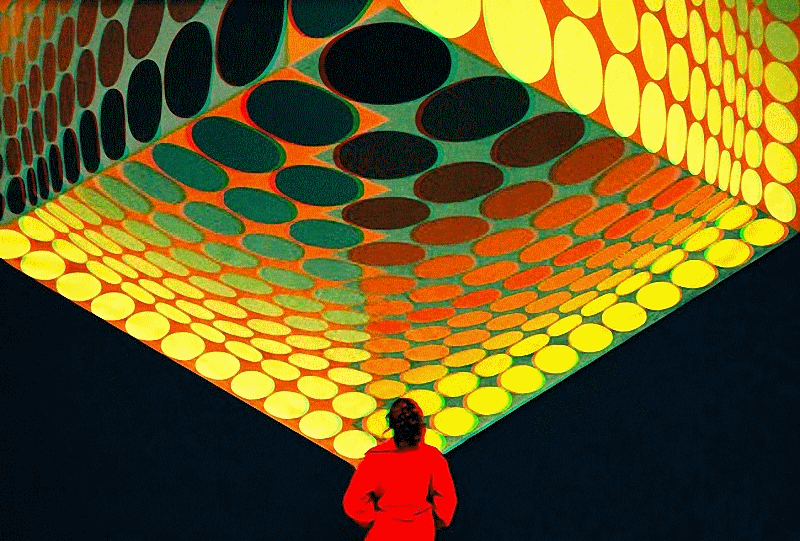 |
||||||||||||||||||||||||||||||||
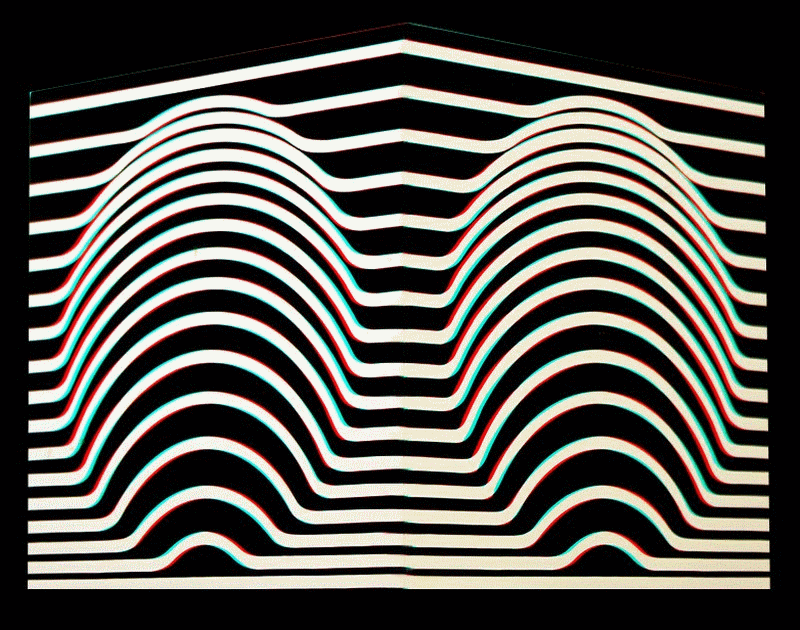 |
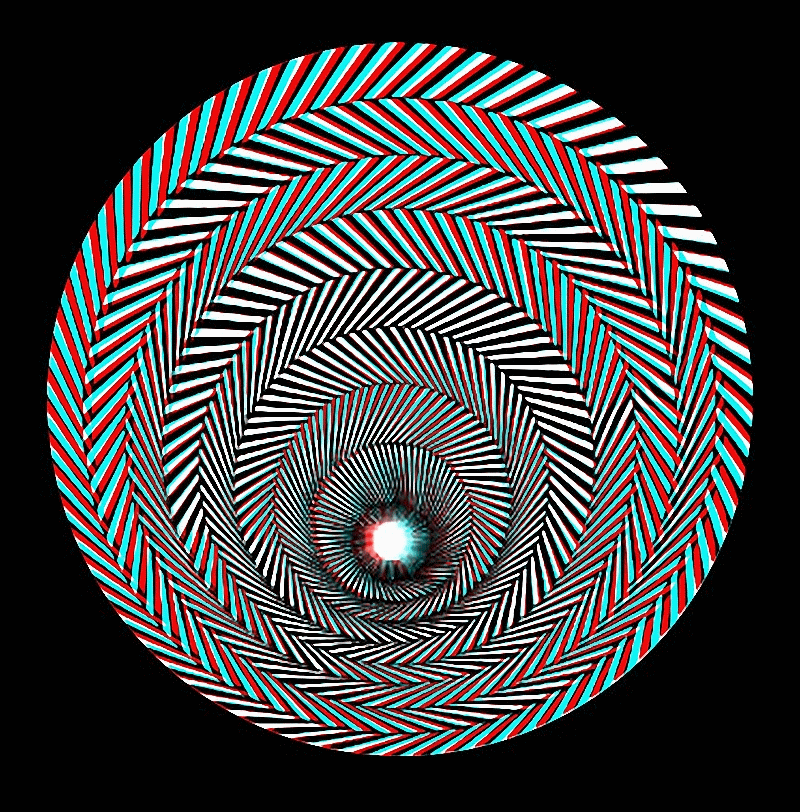 |
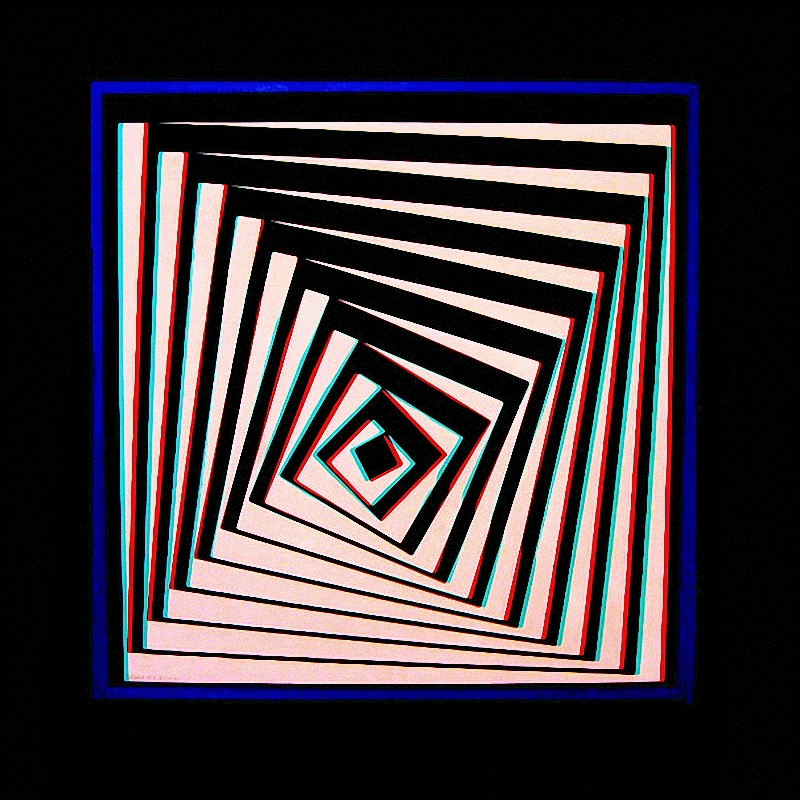 |
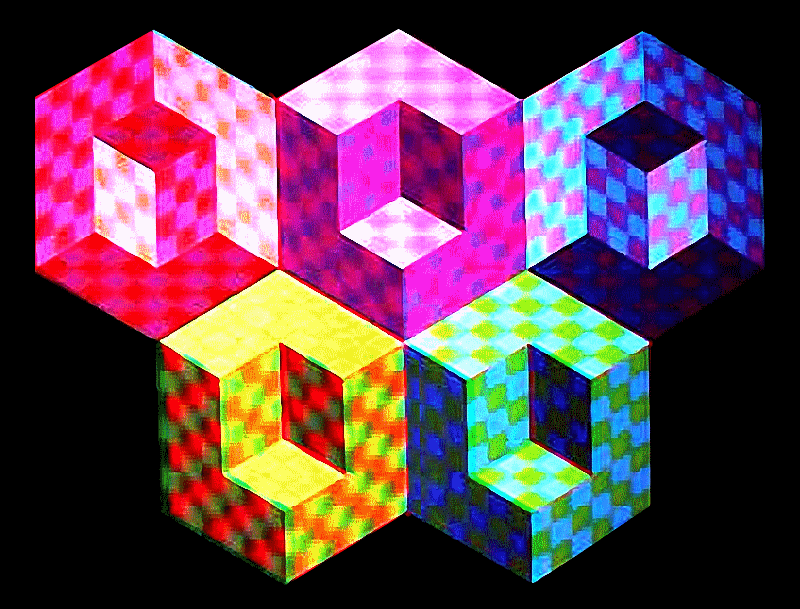 |
|||||||||||||||||||||||||||||||
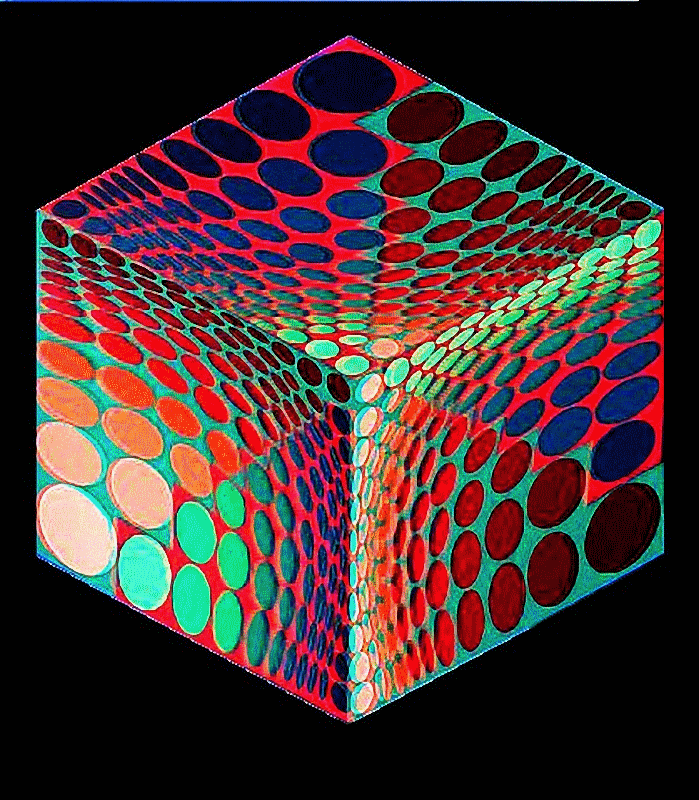 |
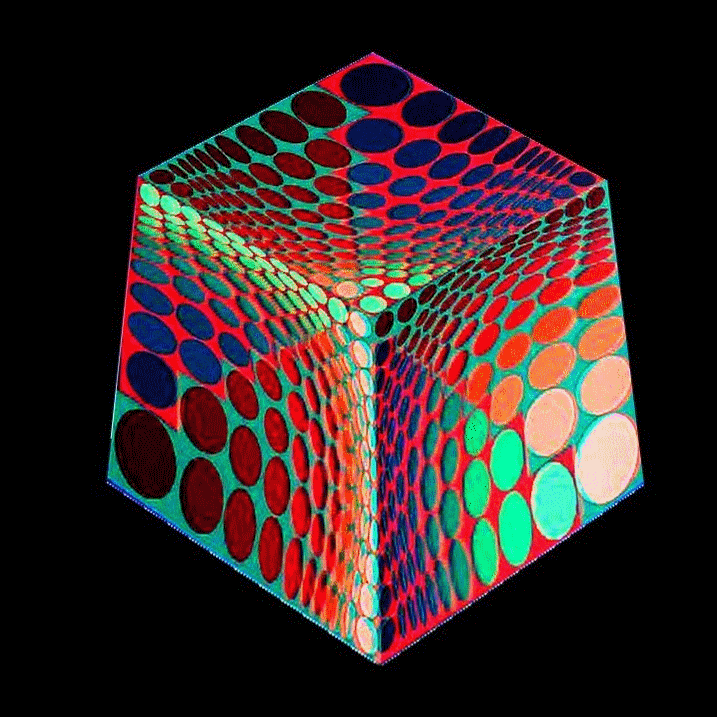 |
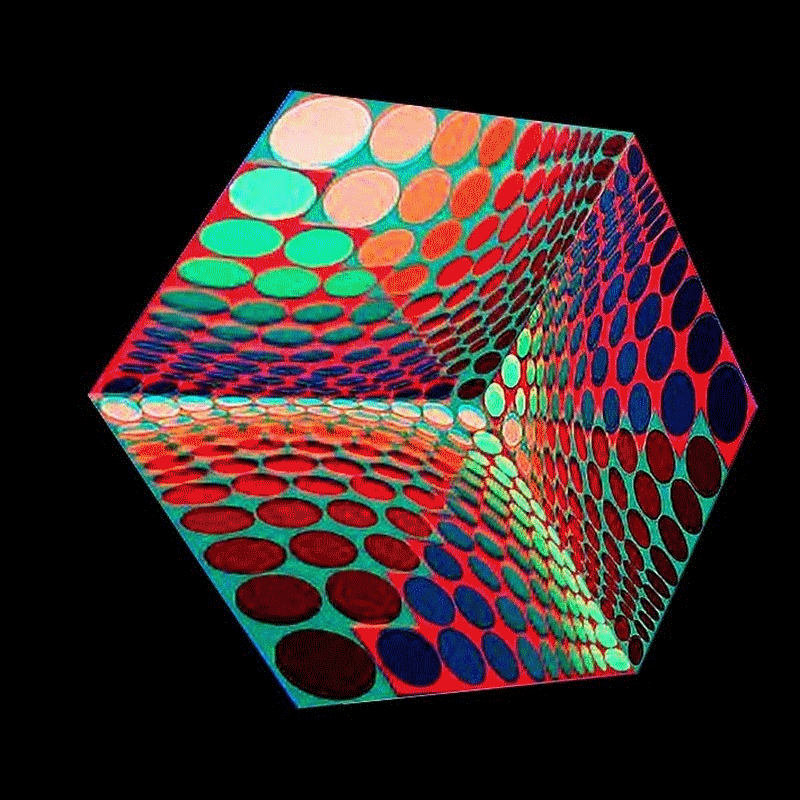 |
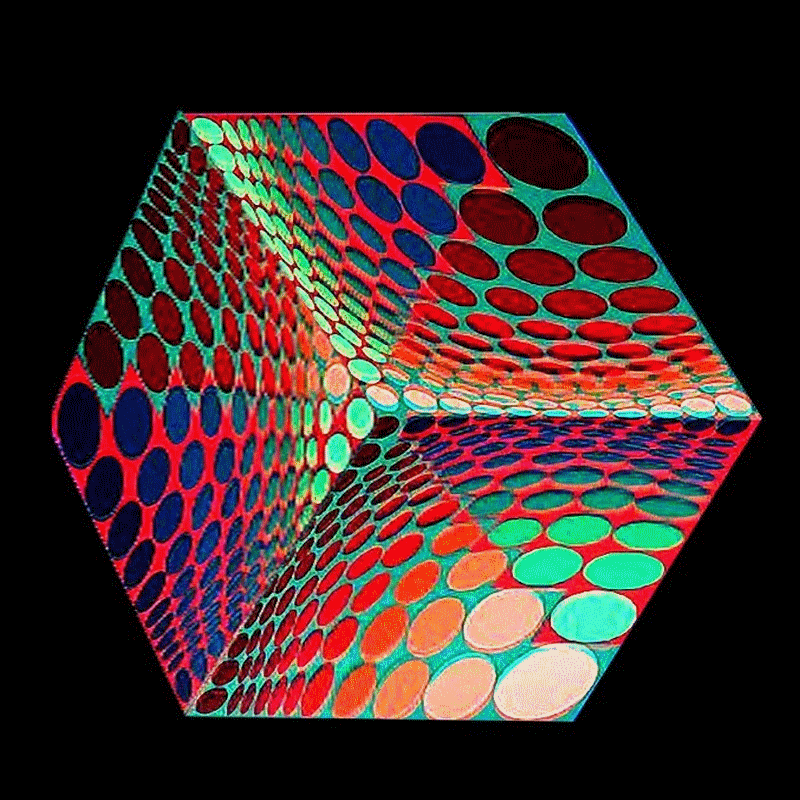 |
|||||||||||||||||||||||||||||||
 |
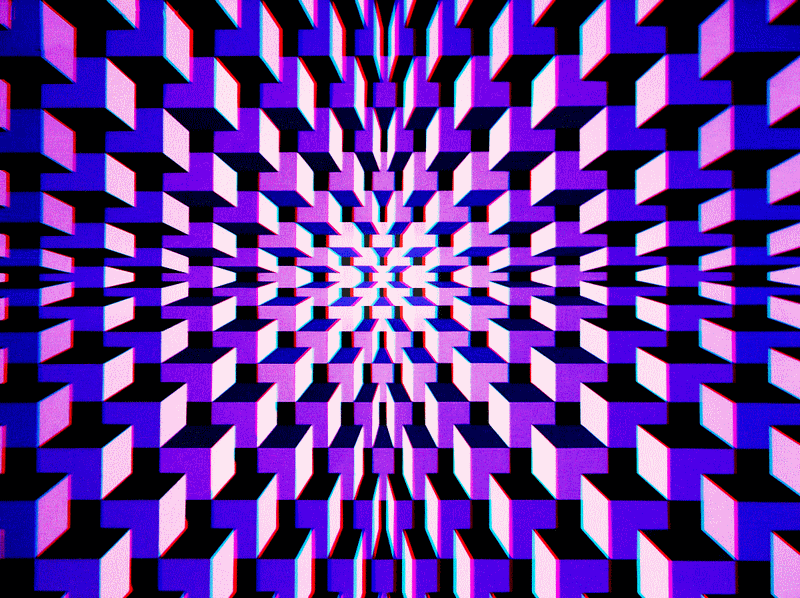 |
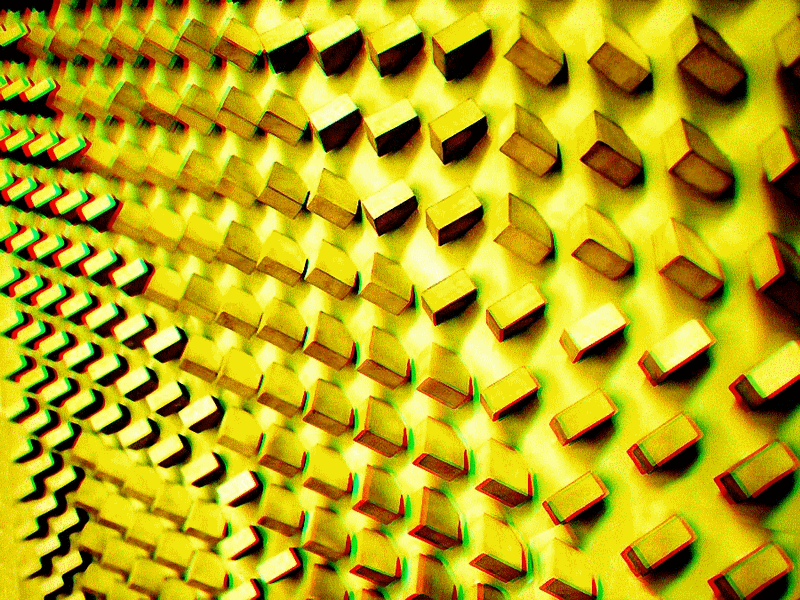 |
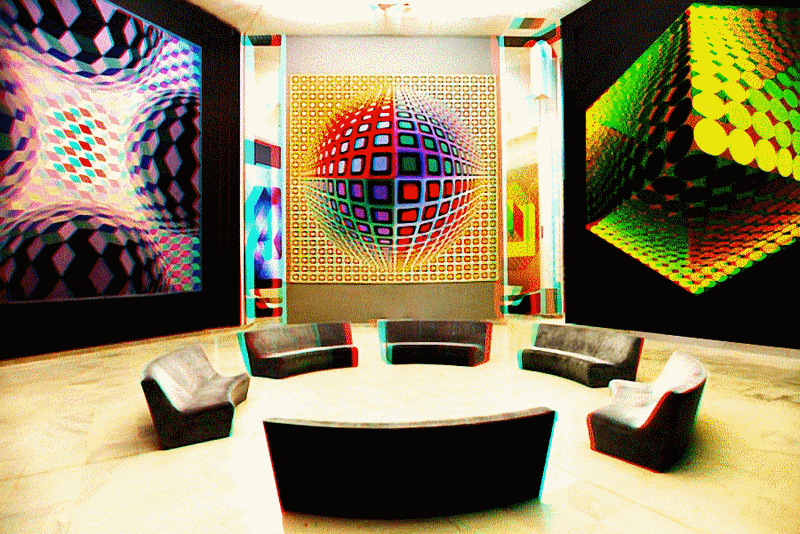 |
|||||||||||||||||||||||||||||||
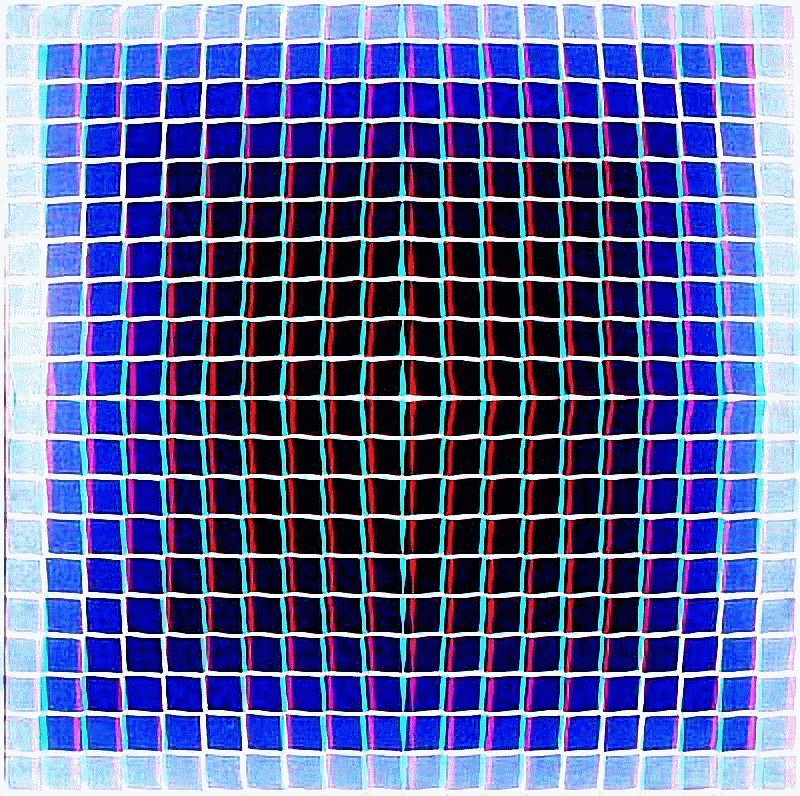 |
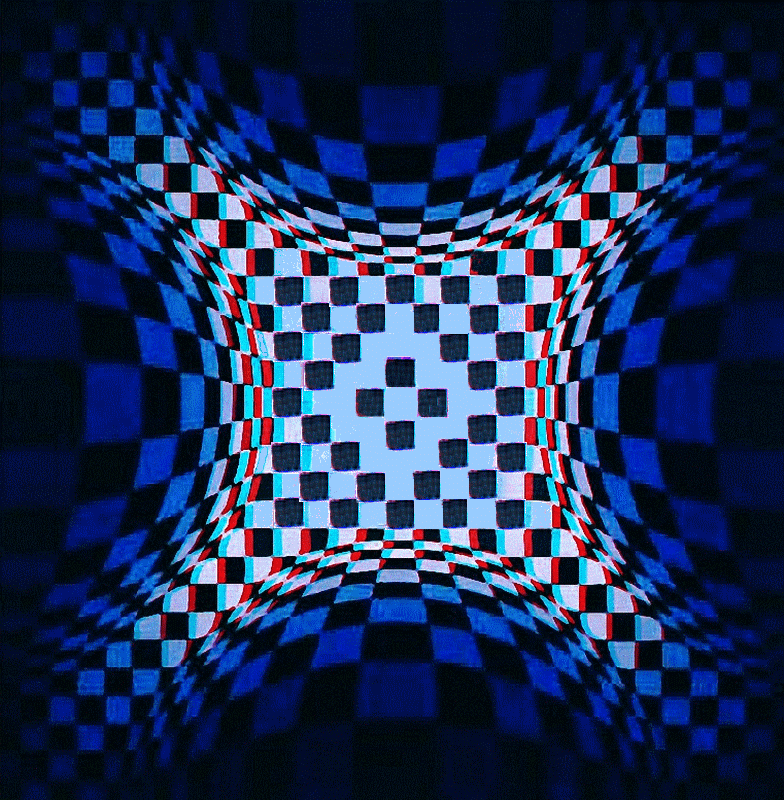 |
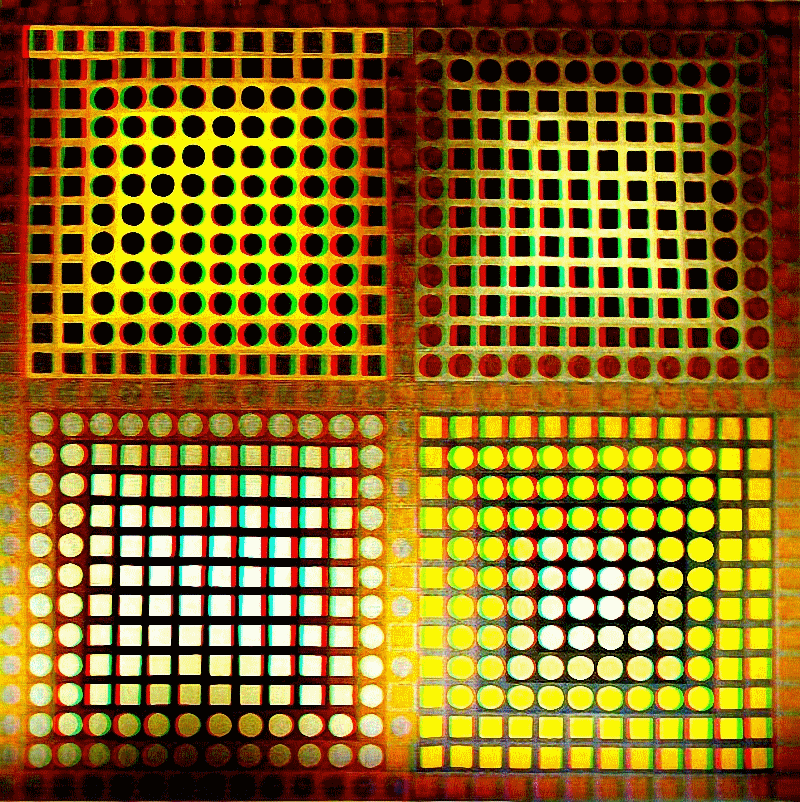 |
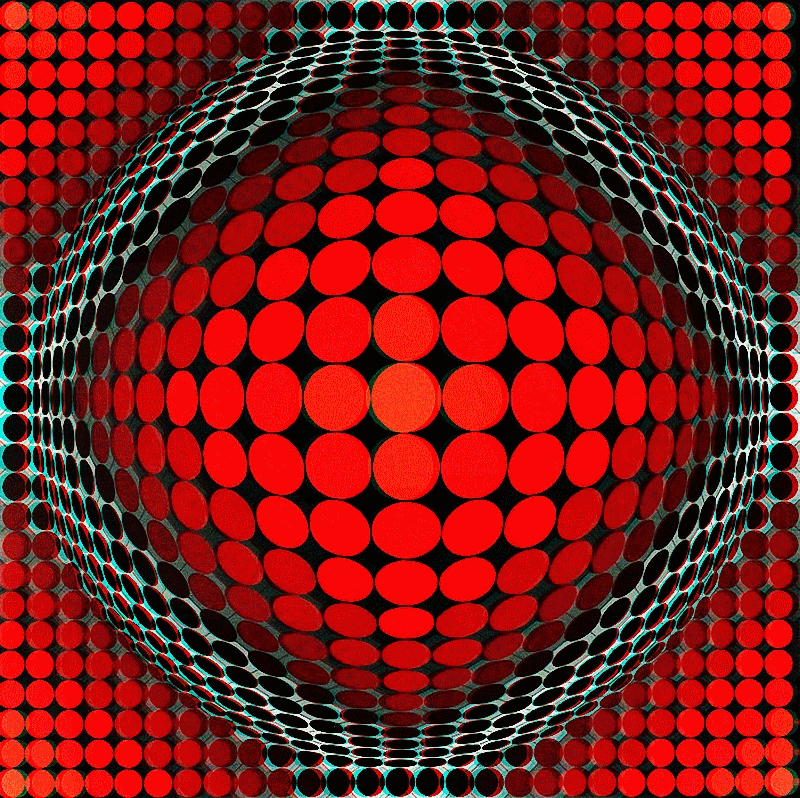 |
|||||||||||||||||||||||||||||||
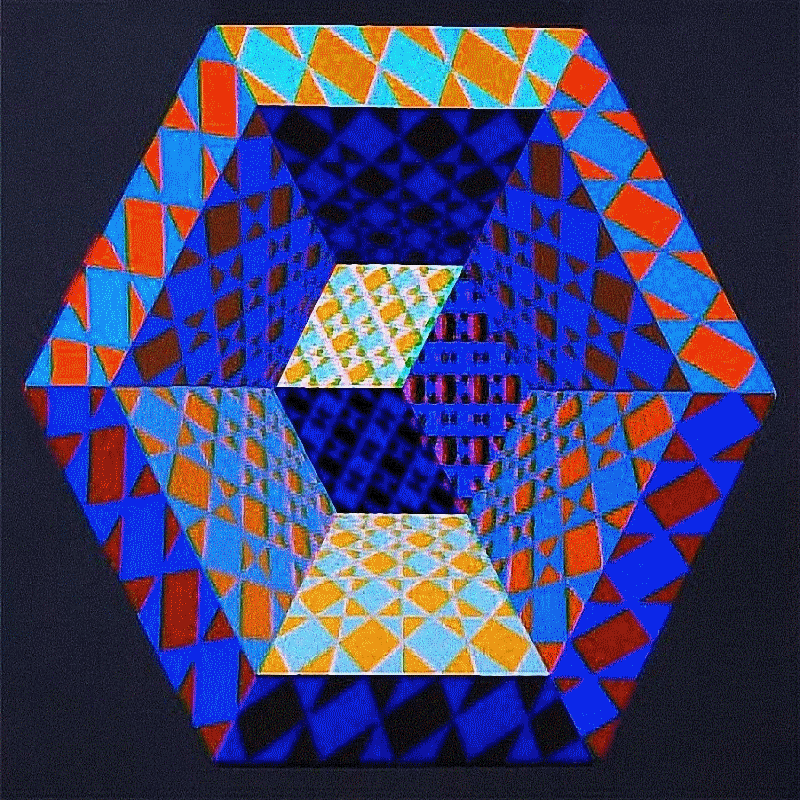 |
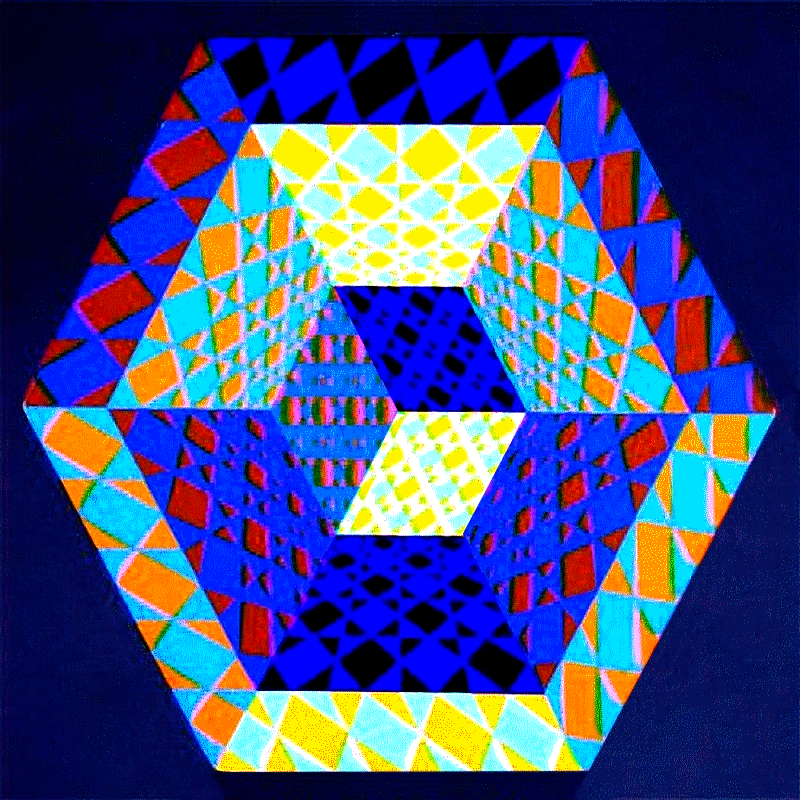 |
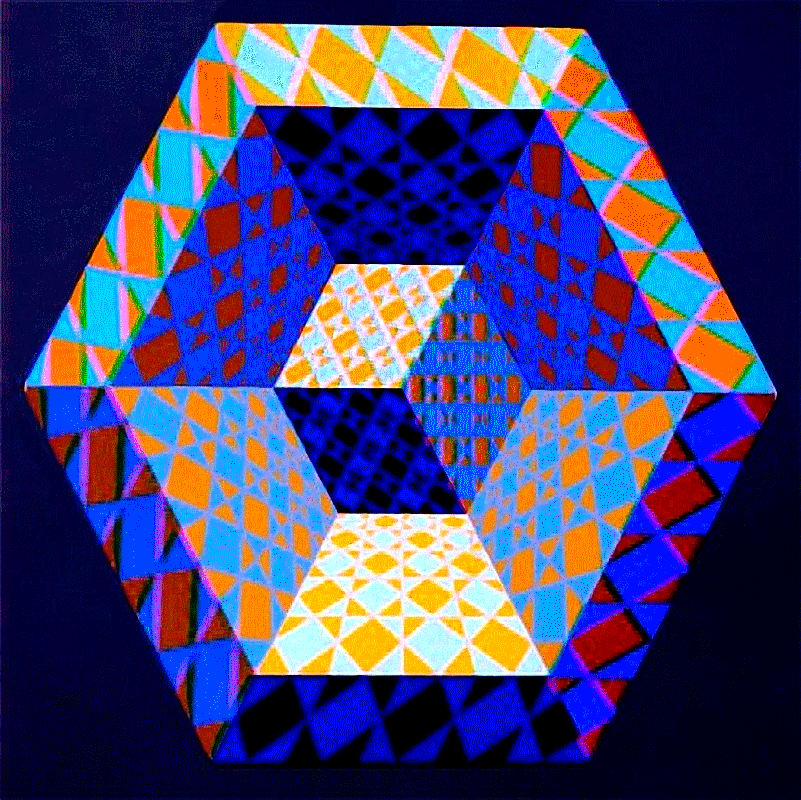 |
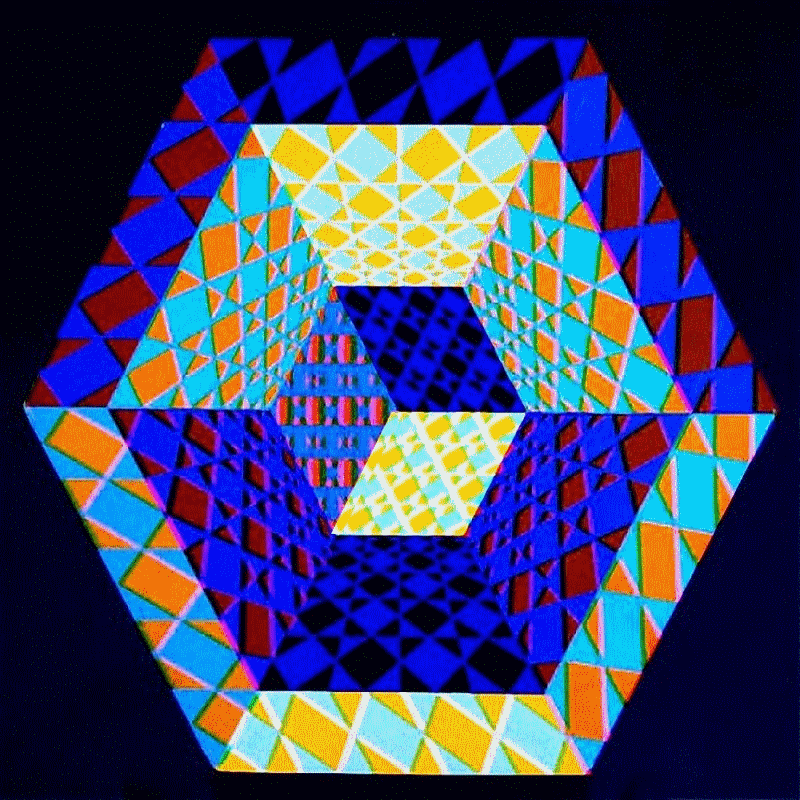 |
|||||||||||||||||||||||||||||||
By the way, a couple of days after writing the comments above about Vasarely, Bach and Jazz I found an interesting French article on the web about the same theme. Here is an abstract with my own translation into English (the statements between quotation marks are by Vasarely himself):
What a (funny) surprise! It may sound strange, but my comments about Vasarely, Bach and Jazz were not at all influenced by any former information about the Hungarian designer, having read nothing before concerning his artistical influences. But as a lover of the music of Bach, and also a lover of jazz, it seemed obvious to me that the art of Vasarely was deeply connected with those techniques of implementing small motives in order to build bigger (mathematical) superstructures. Anyway, I should be glad to have understood it by own means, being not at all a musicologist!
Now I have to find some statements of Vasarely about his (probable) love for Australian Aborigenes' art!
Links (please notice that depending on your country the access to some 'Youtube archives' could be blocked due to copyright):
Sollte ich einige Kommentare hinzufügen? Tempounregelmäßigkeiten (= unnötiges Rubato) im Stück Nr 2 wie üblich bei so vielen Pianisten, die Bach nur ab und zu mal spielen und allzu oft mit Chopin verwechseln! Der Junge (Nr 3) ist noch ein bißchen zu schnell aber spielt es viel besser als manche Erwachsene bzw. Stars des Klaviers! Beim Stück Nr. 4 (Praeludium nr. 1) tritt ein Rittardando - gleich nach der ersten Note des Arpeggios - auf, das aber nirgends auf der Partitur steht (zu vergleichen mit Pollini/05-01). So was Blödes aber leider nicht so selten! Miese Tradition für faule Musiker! Leopold Stokowski (13) war ein sehr lustiger Kerl mit seinen immer überraschenden Orchestrationen, aber diesmal ist er mir zu langsam, dagegen Pollini/05-03 (genauso wie seinerseits ein Sviatoslav Richter 01/02) - trotz eindrucksvoller Technik und hervorragender Geschicklichkeit - zu schnell. "Hola Maurizio, so mußt Du Angst gehabt haben, den Zug zu verpassen, oder?". Da muß man das Stück erstmals bei großen Figuren des Cemballos hören (Leonhardt/19, Ross/20, Hill/21). Deshalb bin ich der Meinung, daß Steinway eher zu Chopin, Brahms, Prokofiev... paßt als zu Bach. Betreffs BWV 847/3 pendle ich zwischen zwei Referenzen: Robert Hill für den Schwung und die hervorragende Brillanz seines Spiels und Christiane Jaccottet (1937-1999), eine meiner Lieblingsspezialisten des Cemballos, die sicherlich zu Bachs größten Interpreten zählte mit ihrem feinen Gefühl für Klang, Rythmus und Tempo. Verglichen mit den Pianisten mag es hier (Nr 22) zu langsam klingen aber so muß es doch (neben Hill) gespielt werden, dh. nicht hastig und mit Null Rubato abgesehen vom langen Ralentando am Ende. Mit ihrem mäßigen Tempo läßt uns Jaccottet Bachs Harmonien völlig genießen (hören Sie mal die Bässe!). Die Passacaglia und Fuge (BWV 582) ist ein irsinniges Stück, vor allem das zweite Teil (Fuge): so viele Modulationen (Abweichungen in der Tonart) findet man nur bei Wagner! Da ist also jede Menge Fantasie und Engagement erforderlich; dafür ist mir Koopman (12) leider zu akademisch und sogar schulisch. Es gibt natürlich eindrucksvollere Interpretationen, wie hier... Noch etwas: 'Miles Davis und Freunde live in Stockholm' ist so ein Leckerbissen! Dabei haben wir als Kirsche auf dem Kuchen, wie die Franzosen sagen - cerise sur le gâteau / höchste Genugtuung - dieses himmlische Klaviersolo von Wynton Kelly (1931-1971). Und alles das gehört zu meinen Lieblingssachen (my favourite things). N. B.: Sorry folks, but (maybe because of Bach) I first thought this text in German, and I am not very inspired with the idea of a translation. If your browser cannot translate this, then change for Google Chrome ... or learn German (tongue of Goethe, Kant, Schiller, Diesel, Hertz, and... Alexander von Humboldt, probably (surely!) the greatest European philosopher ever.). |
||||||||||||||||||||||||||||||||||

